HotSpots H2O, November 5: Rohingya Refugees Face Uncertain Return Home
The Rundown
After fleeing Myanmar in August 2017 following widespread, brutal attacks against them, nearly one million Rohingya Muslims still reside in refugee camps in Bangladesh.
Last week, Myanmar and Bangladesh agreed to begin repatriating the Rohingya. According to government officials, the two countries have a “very concrete plan” to send back the refugees. The repatriation agreement, however, came just days after United Nations investigators declared that the Rohingya genocide is ongoing in Myanmar.
The United Nations called the atrocities, which were perpetrated by Myanmar’s military, “a textbook example of ethnic cleansing.”
In the refugee camps, water access and quality is abysmal, despite tireless efforts by humanitarian organizations. Most refugees receive 15 liters of water per day, and some survive on less. Much of the available water is contaminated, and waterborne diseases such as diarrhea are common.
“There’s been a lot of progress in terms of economic development and infrastructure, but in the area of ‘democratic space’ and people’s right to claim back their land … there is no progress. The repatriation is not possible now.” —Yanghee Lee, the UN special investigator on human rights in Myanmar, speaking about current conditions in the country. The Rohingya who remained in Myanmar continue to face persecution, says the UN. The organization believes that the safety of repatriated Rohingya is not guaranteed.
By The Numbers
923,000 Estimated number of Rohingya refugees in Cox’s Bazar, a district in Bangladesh that has become the epicenter of the crisis.
834,237 Refugees who survive on 15 liters of water per day, according to a report by the Inter Sector Coordination Group.
985,579 Refugees who received WASH-related kits in the past three months.
10,000 tons Solid waste that is generated each month in the Rohingya camps. The buildup of waste is jeopardizing refugees’ health and environment.
Science, Studies, and Reports
Officials warned that the 2018 monsoon season could wreak havoc in Rohingya camps. Ultimately, monsoon damages were not as severe as many feared, but rains and landslides did disrupt water and latrine access in the camps. A recent report found that 55,000 Rohingyas were affected by monsoon-related incidents, and 1,500 shelters were destroyed.
On The Radar
Myanmar and Bangladesh are planning to begin repatriating Rohingyas in mid-November. The details of the repatriation, though, are still unclear–most Rohingya villages were destroyed during last year’s violence. The safety of repatriated Rohingyas remains a question as well, especially as small groups of Rohingya continue to flee to Bangladesh.
Resources and Further Reading
In context:
HotSpots H2O, February 7: Spotlight on the Rohingya Refugee Crisis
HotSpots H2O, June 11: Over 200,000 Rohingya Refugees At Risk from Monsoon Flooding, Landslides
Rohingya genocide is still going on, says top UN investigator(The Guardian)
Rohingya Influx Overview: Key changes during 2018 monsoon season (Relief Web)
Rohingyas to be repatriated despite UN genocide warning (The Guardian)
Solid waste management essential to save Cox’s Bazar (Relief Web)
Situation Report Summary (ISCG)
UN: Myanmar Is Not Safe for Rohingyas to Return (Voice of America)
Kayla Ritter is a recent graduate of Michigan State University, where she studied International Relations and Teaching English to Speakers of Other Languages. She is currently based in Manton, Michigan. Kayla enjoys running, writing, and traveling. Contact Kayla Ritter

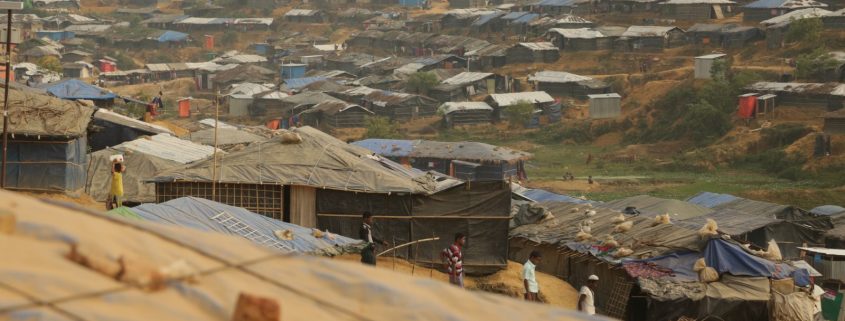

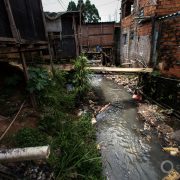

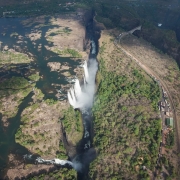
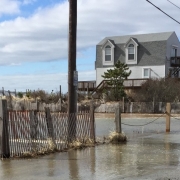
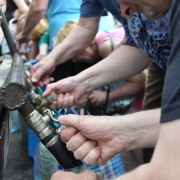
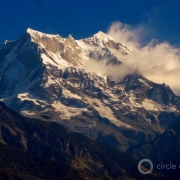

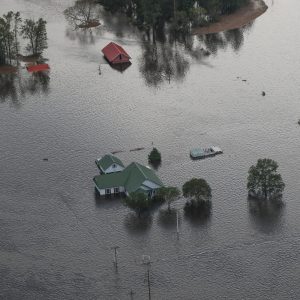

Leave a Reply
Want to join the discussion?Feel free to contribute!